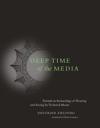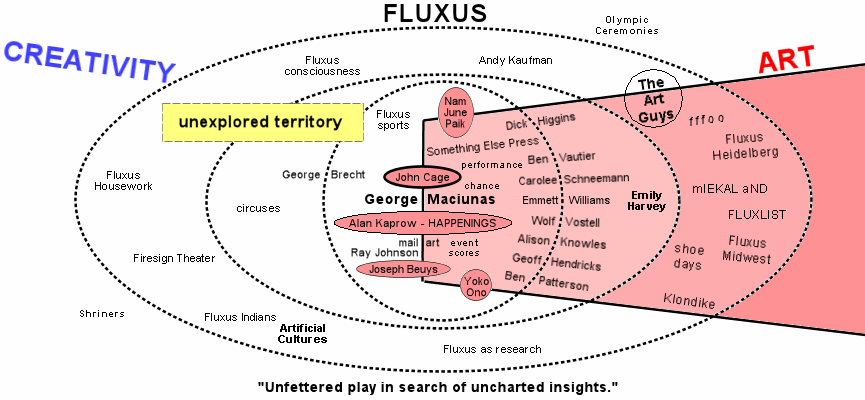Willard in Humanist pointed us towards an interesting RAND Paper by Hubert L. Drefus from 1965, Alchemy and Artificial Intelligence which suggests that artificial intelligence research is like alchemy – initial success has led to it being oversold when the fundamental paradigm is wrong.
Alchemists were so successful in distilling quicksilver from what seemed to be diret, that after several hundred years of fruitless effort to convert lead into gold they still refused to believe that on the chemical level one cannot transmute metals. To avoid the fate of the alchemists, it is time we asked where we stand. Now, before we invest more time and money on the information-processing level, we should ask whether the protocols of human subjects suggest that comptuer language is appropriate for analyzing human behaviour. Is an exhaustive analysis of human intelligent behavior into discrete and determinate operations possible? Is an approximate analysis of human intelligent behavior in such digital terms probable? The answer to both these questions seems to be, “No.”
In this paper Dreyfus leverages the lack of progress after people like H. A. Simon in 1957 predicted the extraordinary. Dreyfus does more than make fun of the hype, he uses it to question what AI research might achieve at all and to think about intelligence.
Now that we are 50 years after Simon’s predictions things are more complicated. We do have chess playing machines that are better players than humans. (Drefus points out how the early machines being hyped were really stupid chess players.) We do have machines that can recognize complex patterns and recognize speech. We do have better machine translation. It may be going slowly, but research is moving forward. Perhaps the paradigm of the mind as a machine is wrong, but thinking about it that way and trying to model intelligent behaviour is getting results. What then do we make of the alchemical insult. Is it too easy to call magical thinking those projects that are ambitious and make the mistake of predicting success? Having recently read Siegried Zielinski’s Deep Time of the Media, I’m finding myself more sympathetic of magical projects that promise to transmute data into intelligence. Impossible … probably, but that is no reason not to try.
To paraphrase the third of (recently died) Arthur C. Clarke’s three laws of prediction:
“Any sufficiently magical proposal should be indistinguishable from research.”
This obviously applies to grant proposals.




 Digital woodcarvers, CNC for the home shop is here!
Digital woodcarvers, CNC for the home shop is here!